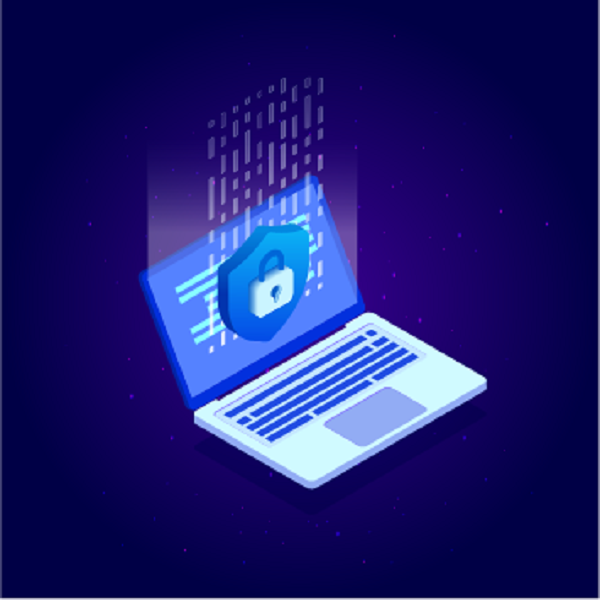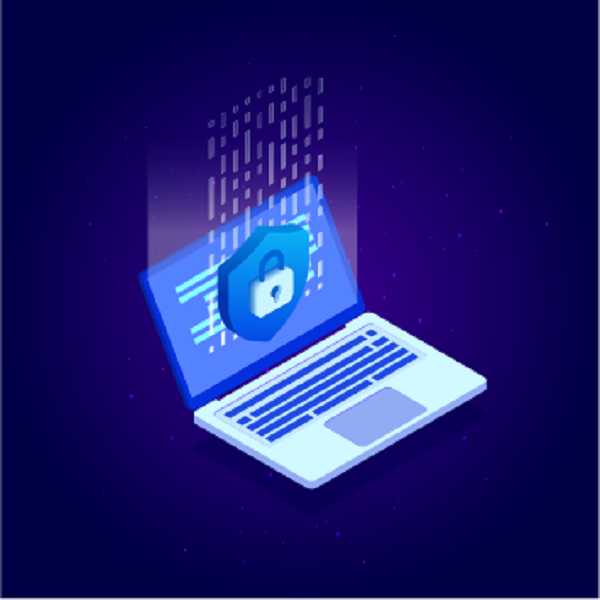Residential Proxies
Allowlisted 200M+ IPs from real ISP. Managed/obtained proxies via dashboard.

Proxies Services
Residential Proxies
Allowlisted 200M+ IPs from real ISP. Managed/obtained proxies via dashboard.
Residential (Socks5) Proxies
Over 200 million real IPs in 190+ locations,
Unlimited Residential Proxies
Unlimited use of IP and Traffic, AI Intelligent Rotating Residential Proxies
Static Residential proxies
Long-lasting dedicated proxy, non-rotating residential proxy
Dedicated Datacenter Proxies
Use stable, fast, and furious 700K+ datacenter IPs worldwide.
Mobile Proxies
Dive into a 10M+ ethically-sourced mobile lP pool with 160+ locations and 700+ ASNs.
Scrapers
Collection of public structured data from all websites
Proxies
Residential Proxies
Allowlisted 200M+ IPs from real ISP. Managed/obtained proxies via dashboard.
Starts from
$0.6/ GB
Residential (Socks5) Proxies
Over 200 million real IPs in 190+ locations,
Starts from
$0.045/ IP
Unlimited Residential Proxies
Unlimited use of IP and Traffic, AI Intelligent Rotating Residential Proxies
Starts from
$1816/ MONTH
Rotating ISP Proxies
ABCProxy's Rotating ISP Proxies guarantee long session time.
Starts from
$0.4/ GB
Static Residential proxies
Long-lasting dedicated proxy, non-rotating residential proxy
Starts from
$4.5/MONTH
Dedicated Datacenter Proxies
Use stable, fast, and furious 700K+ datacenter IPs worldwide.
Starts from
$4.5/MONTH
Mobile Proxies
Allowlisted 200M+ IPs from real ISP. Managed/obtained proxies via dashboard.
Starts from
$1.2/ GB
Scrapers
Web Unblocker
Simulate real user behavior to over-come anti-bot detection
Starts from
$1.2/GB
Serp API
Get real-time search engine data With SERP API
Starts from
$0.3/1K results
Video Downloader
Fully automated download of video and audio data.
Starts from
$0.07/GB
Scraping Browser
Scale scraping browsers with built-inunblocking and hosting
Starts from
$2.5/GB
Documentation
All features, parameters, and integration details, backed by code samples in every coding language.
TOOLS
Resources
Addons
ABCProxy Extension for Chrome
Free Chrome proxy manager extension that works with any proxy provider.
ABCProxy Extension for Firefox
Free Firefox proxy manager extension that works with any proxy provider.
Proxy Manager
Manage all proxies using APM interface
Proxy Checker
Free online proxy checker analyzing health, type, and country.
Proxies
AI Developmen
Acquire large-scale multimodal web data for machine learning
Sales & E-commerce
Collect pricing data on every product acrossthe web to get and maintain a competitive advantage
Threat Intelligence
Get real-time data and access multiple geo-locations around the world.
Copyright Infringement Monitoring
Find and gather all the evidence to stop copyright infringements.
Social Media for Marketing
Dominate your industry space on social media with smarter campaigns, anticipate the next big trends
Travel Fare Aggregation
Get real-time data and access multiple geo-locations around the world.
By Use Case
English
繁體中文
Русский
Indonesia
Português
Español
بالعربية


This article explains in detail the technical path and tool chain for implementing web crawling in Python, covering core links such as request sending, data parsing, and anti-crawling bypass, and analyzes the supporting role of the abcproxy proxy service in large-scale collection.
1. Basic tool chain for Python web scraping
Three key libraries in the Python ecosystem constitute the crawling technology stack:
Request library: requests implements HTTP request sending, and aiohttp supports asynchronous high concurrency;
Parsing library: BeautifulSoup extracts data based on DOM tree, and lxml improves XPath parsing efficiency;
Automation library: selenium simulates browser operations and responds to JavaScript rendering pages.
abcproxy's proxy IP service can be seamlessly integrated with the above tools to provide network layer infrastructure for multi-source data collection.
2. Core process design logic
Target analysis: Review the web page structure through the developer tool (F12) and identify the data loading method (static HTML/dynamic API);
Request construction: set request header information such as UA and Referer, and use the Session object to maintain the Cookie status;
Response processing: Implement a retry mechanism based on the status code (200/403/503) and configure a timeout threshold to prevent thread blocking;
Rate control: Limit the request frequency through time.sleep() or token bucket algorithm to match the tolerance of the target website.
3. Anti-crawling mechanism cracking strategy
IP blocking response: Use abcproxy's rotating residential proxy pool to achieve IP switching and request distribution per second;
Captcha recognition: Integrate third-party OCR services (such as 2Captcha), or migrate to a headless browser solution;
Behavioral fingerprint detection: randomize mouse movement trajectory and click intervals, and dynamically modify HTTP header fingerprint features;
Data obfuscation processing: Anti-crawling technologies such as font encryption and CSS offset are used to reversely parse rendering rules to reconstruct data.
For example, when the target website triggers IP blocking, configure the requests library to access abcproxy's Socks5 proxy through the proxies parameter to quickly resume the collection process.
4. Data analysis and storage optimization
Structured extraction: Use BeautifulSoup's find_all() to locate tags, and regular expressions to complement complex pattern matching;
Incremental crawling: Based on the timestamp or version number field, a difference comparison algorithm is designed to filter out duplicate content;
Persistence solution: Use pandas to export CSV files, or write to MySQL/MongoDB through SQLAlchemy;
Log monitoring: record abnormal request URLs and response contents, and implement graded warnings in combination with the logging module.
5. Engineering practice of large-scale data collection
Distributed architecture: Use Scrapy-Redis to build a cluster and distribute crawling tasks through Redis queues;
Containerized deployment: Use Docker to encapsulate the crawler environment and Kubernetes to achieve elastic expansion of nodes;
Compliance design: follow the robots.txt protocol and set the Crawl-Delay parameter to control the scanning intensity;
Performance tuning: Enable GZIP compression to reduce bandwidth consumption, and use memory reuse technology to reduce GC frequency.
abcproxy's static ISP proxy provides long session retention capabilities, which is especially suitable for continuous collection tasks that need to maintain a logged-in status.
As a professional proxy IP service provider, abcproxy provides a variety of high-quality proxy IP products, including residential proxy, data center proxy, static ISP proxy, Socks5 proxy, unlimited residential proxy, suitable for a variety of application scenarios. If you are looking for a reliable proxy IP service, welcome to visit the abcproxy official website for more details.
Featured Posts
Popular Products
Residential Proxies
Allowlisted 200M+ IPs from real ISP. Managed/obtained proxies via dashboard.
Residential (Socks5) Proxies
Over 200 million real IPs in 190+ locations,
Unlimited Residential Proxies
Use stable, fast, and furious 700K+ datacenter IPs worldwide.
Rotating ISP Proxies
ABCProxy's Rotating ISP Proxies guarantee long session time.
Residential (Socks5) Proxies
Long-lasting dedicated proxy, non-rotating residential proxy
Dedicated Datacenter Proxies
Use stable, fast, and furious 700K+ datacenter IPs worldwide.
Web Unblocker
View content as a real user with the help of ABC proxy's dynamic fingerprinting technology.
Related articles

How to set up automatic retries for Requests
This article explains in detail how to implement the automatic retry mechanism of the Python Requests library, and combines it with proxy IP services (such as abcproxy) to provide a stability enhancement solution to solve the problem of request failure in high-concurrency scenarios.

How does Polish proxy IP optimize network performance
This article analyzes the core value and application scenarios of Polish proxy IP, explores its mechanism for optimizing network performance, and introduces abcproxy's technical advantages and service capabilities in the field of Polish proxy IP.

How to configure Curl Proxy Config File to improve network request efficiency
This article analyzes in detail the configuration method and practical skills of Curl Proxy Config File, explores how to optimize the stability and security of network requests through proxy IP services, and provides efficient solutions for developers and enterprises.